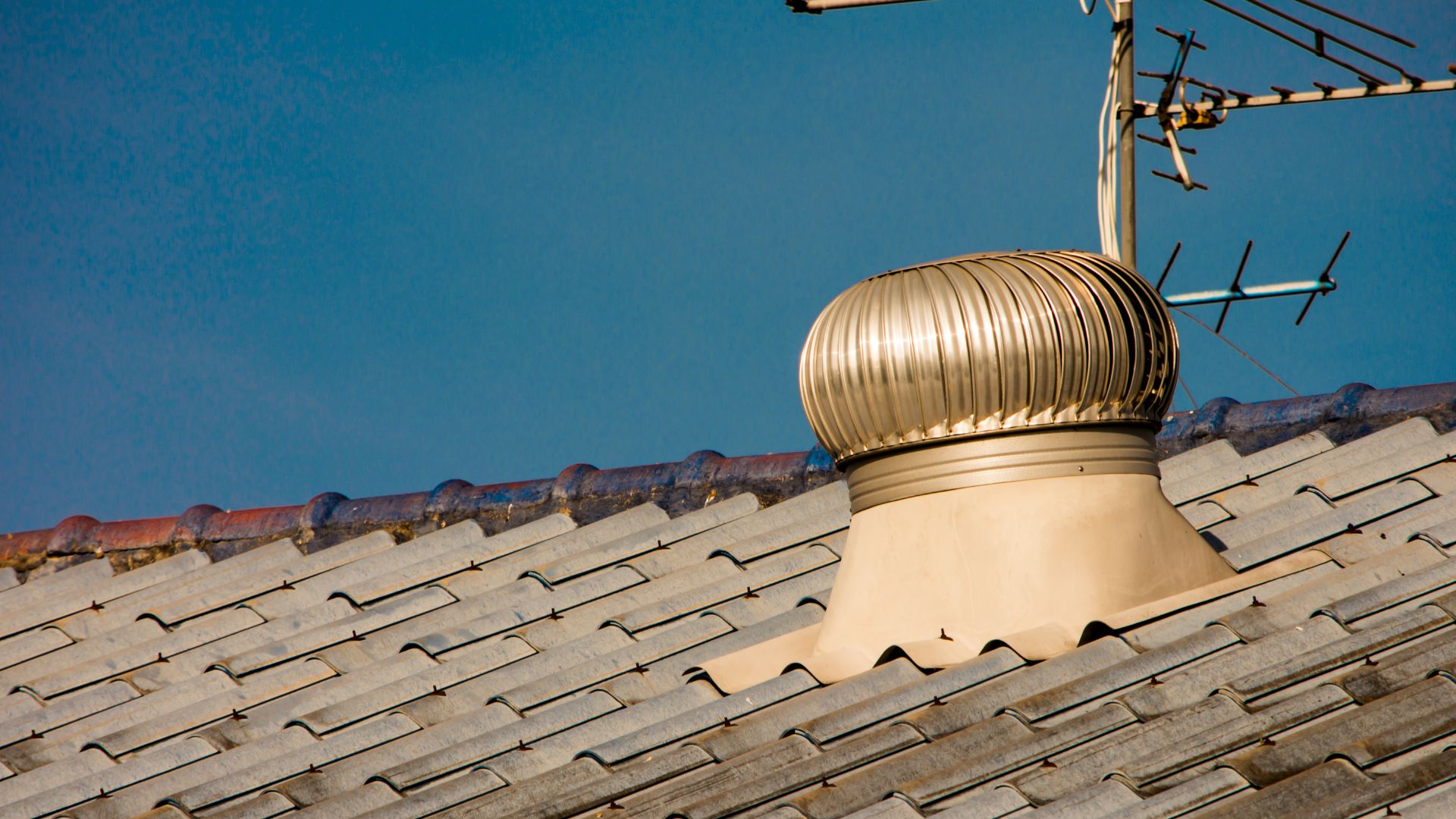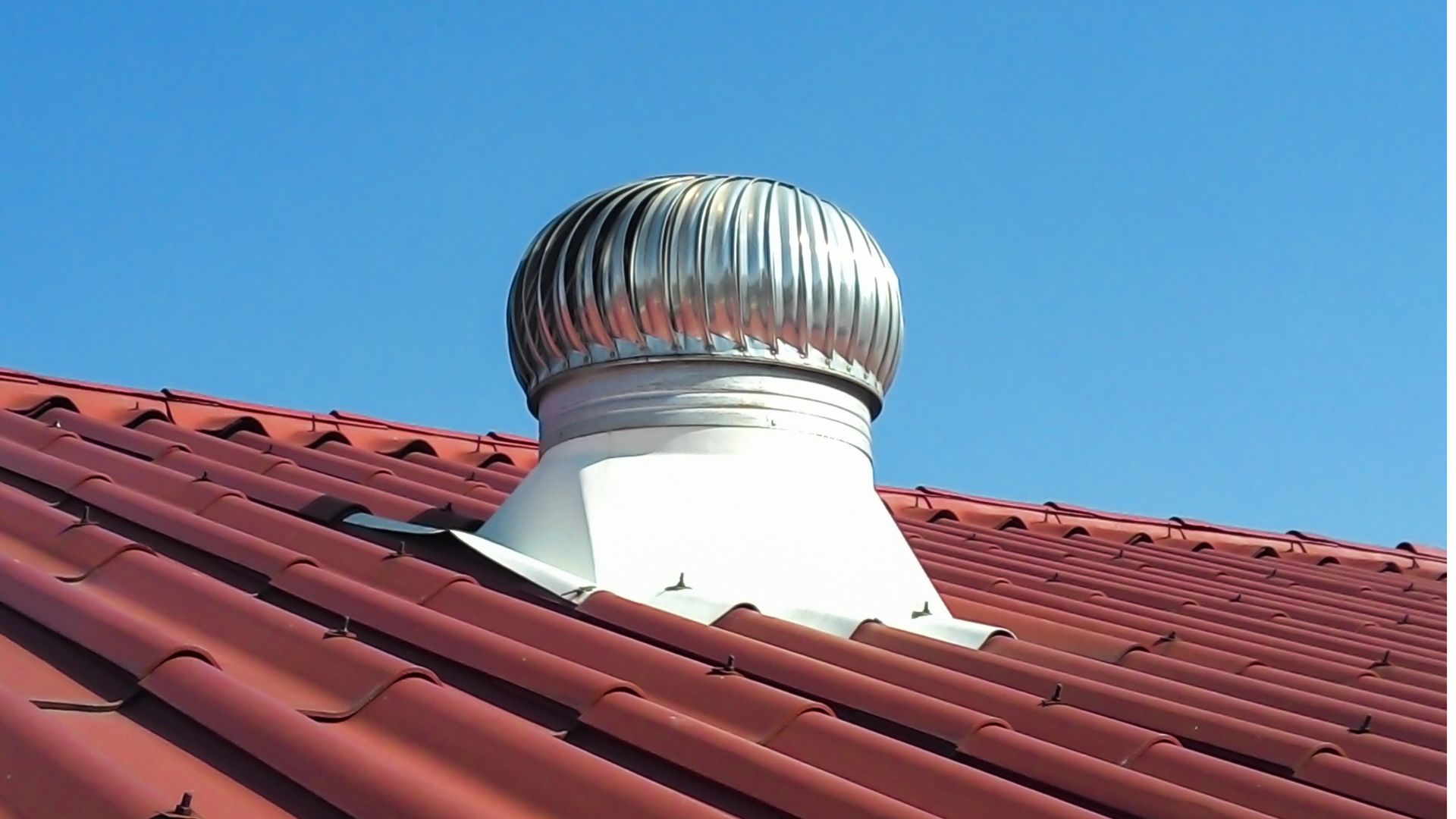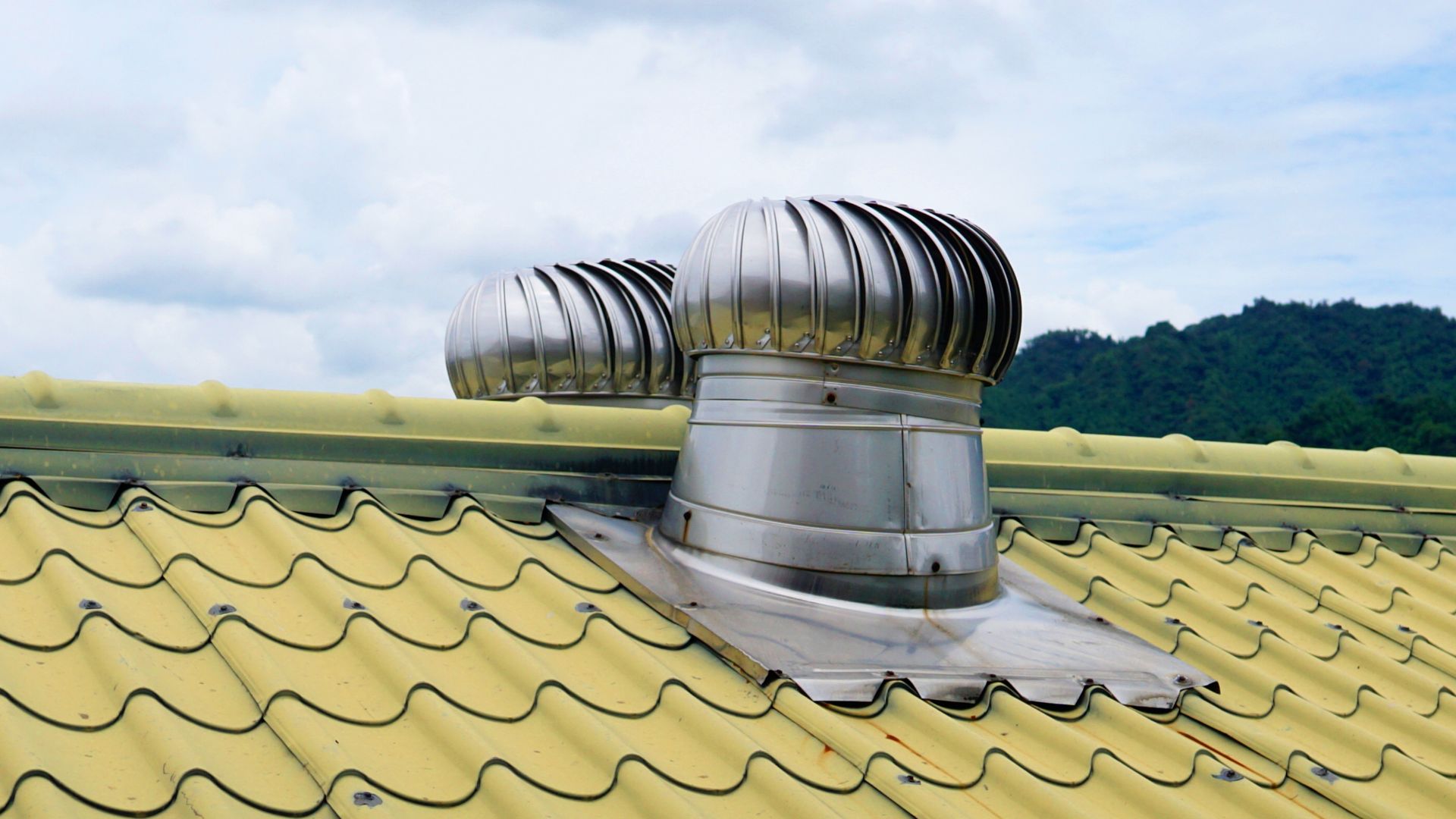An integrative review highlights significant concerns about indoor mould in Australian homes, with 21 studies linking it to health issues like asthma, respiratory problems, and chronic symptoms. Alarmingly, the problem is widespread, affecting both older and newer houses due to poor construction, socioeconomic factors, and inadequate maintenance. While this review underscores the prevalence of mould-related risks, it also reveals gaps in understanding the true extent of the issue across Australia.
Attic moisture is a hidden but serious contributor to these problems. Left unchecked, it can lead to mould growth, structural damage, and deteriorating indoor air quality—posing serious health risks to occupants.
However, there is a solution. Installing Whirlybird ventilators can effectively mitigate attic moisture, preventing these problems before they escalate. In the following sections, we’ll explore how Whirlybird ventilators can safeguard your home and health.
Causes and Consequences of Attic Moisture
Moisture buildup in your attic roof space is a common issue in Australian homes, often overlooked until it leads to significant damage. Understanding the causes and consequences is crucial for maintaining the structural integrity of your property.

Causes of Attic Moisture
Attic moisture build-up can stem from several factors. Condensation occurs when warm air from your house rises into the roof space and meets cooler surfaces, leading to moisture accumulation.
Roof leaks are another culprit, allowing water to seep into your roof cavity. Poor roof ventilation systems, such as inadequate soffit vents or blocked roof vents, exacerbate the problem by trapping hot air and moisture.
The varying climate conditions across Australia, from humid coastal regions to arid inland areas, make these issues particularly prevalent. Without an effective roof ventilation solution, like whirlybird roof vents, your roof space can become a moisture trap, especially in areas with low wind speed.
Consequences of Attic Moisture
Unchecked moisture in your attic roof space can lead to severe consequences. Wood rot and insulation damage in your roof cavity are common, compromising your home’s structural integrity.
Mould and mildew thrive in these damp environments, negatively impacting indoor air quality and potentially leading to health issues. Over time, this can necessitate costly roof restoration or even a full roof replacement.
The financial burden of moisture-related damage extends beyond repairs, as it can also reduce your home’s energy efficiency, forcing your air conditioning system to work harder. Installing whirlybirds or solar roof vents can help mitigate these risks by improving air circulation and moisture control, making them a cost-effective addition to your ventilation system.
What Are Whirlybird Ventilators?
Whirlybird ventilators, also known as roof whirlybirds, are a type of roof ventilation system designed to improve air circulation in your attic roof space. These ventilators consist of a cylindrical, dome-shaped unit with fins that catch the wind.
As wind power causes the whirlybird to rotate, it creates a vacuum effect that extracts warm air and moisture from your attic, drawing them out through the roof vent. This natural air extraction process is continuous, helping to reduce the build-up of hot, moist air in your roof cavity.

Benefits of Whirlybird Ventilators
Whirlybird ventilators offer several significant benefits for your home. First, they enhance air circulation in your roof space, which is essential for maintaining a balanced indoor climate. By removing hot air from your attic, whirlybirds help reduce heat build-up, which can lower the strain on your air conditioning system, improving energy efficiency.
Additionally, by preventing moisture accumulation, these ventilators play a crucial role in protecting your home from issues like wood rot, insulation damage, and mould growth.
Overall, whirlybirds are a cost-effective solution for maintaining optimal air quality and preventing structural damage in your attic roof space.
How Whirlybird Ventilators Combat Attic Moisture
Moisture Removal Process
Whirlybird ventilators are highly effective at removing moisture-laden air from your attic roof space. As the wind causes the whirlybird to spin, it creates a vacuum effect that draws out warm, moist air from the attic, expelling it through the roof vent. This constant air movement is crucial in preventing moisture from settling on surfaces within your roof cavity.
By continually circulating air, whirlybirds inhibit the formation of condensation, which is a primary cause of moisture-related problems like wood rot, insulation damage, and mould growth. This active extraction of moisture ensures that your attic remains dry, reducing the risk of structural damage and improving indoor air quality throughout your home.
Temperature Regulation
In addition to moisture removal, whirlybird ventilators play a significant role in regulating attic temperature. By extracting hot air from your attic roof space, whirlybirds help maintain a cooler environment, especially during the scorching Australian summers.
Proper roof ventilation is particularly important for homes with complex roof structures, where airflow can often be restricted. A balanced attic temperature is essential for moisture control, as it reduces the likelihood of condensation forming when warm, humid air meets cooler surfaces.
By keeping your attic cool, whirlybirds not only prevent moisture buildup but also ease the load on your air conditioning units, leading to better energy efficiency and a more comfortable living environment. Turbine vents and a roof space cooler can further enhance the overall ventilation system.
Ventilation Efficiency
Whirlybird ventilators excel in promoting continuous airflow, making them more efficient than passive ventilation systems like soffit vents or ridge vents. Their design, which relies on wind power, ensures that air is constantly moving through your roof space, even in low wind conditions.
This constant airflow effectively disperses moisture and heat, preventing them from accumulating in your attic. Unlike passive systems, which depend on natural convection, whirlybirds actively extract warm, moist air, providing superior moisture control and enhancing the overall health of your home.
Installation and Maintenance of Whirlybird Ventilators
Installation Process
Installing Whirlybird ventilators involves several key steps to ensure they function optimally. First, proper placement on your roof is crucial; whirlybirds should be installed at the highest points of your roof space, where hot air naturally accumulates. This placement maximises their efficiency in extracting warm, moist air from the attic.
The installation process typically begins with cutting a hole in the roof, where the ventilator will be mounted. The whirlybird is then securely attached and sealed to prevent leaks.
While some homeowners may attempt a DIY approach, professional installation is highly recommended. A professional ensures that the whirlybird is installed correctly, optimising its performance and ensuring its longevity.
Maintenance Tips
Whirlybird ventilators are known for their low maintenance requirements, making them a hassle-free ventilation solution. However, regular inspections are essential to ensure they are functioning correctly.
During these inspections, check that the whirlybirds are spinning freely and are free from debris, such as leaves or bird nests, which can obstruct their operation. It’s also important to examine the seals around the base for any signs of wear or leaks. Unlike other ventilation systems, whirlybirds do not require electrical components or frequent servicing, making them a durable and cost-effective option for maintaining proper attic ventilation in your home.
Why Choose Whirlybird Ventilators Over Other Ventilation Solutions?

Whirlybird ventilators stand out for several reasons when compared to other ventilation options available.
Comparison with Other Ventilation Systems
Whirlybirds have distinct advantages over other systems like ridge vents, gable vents, and powered fans. Powered fans consume electricity, increasing energy costs, whereas Whirlybirds rely on wind power, making them more energy-efficient. Ridge and gable vents generally rely on passive airflow, which can be inadequate in low wind conditions.
In contrast, Whirlybirds actively extract hot, moist air, ensuring continuous ventilation. Additionally, Whirlybirds are durable, with fewer maintenance needs compared to systems with electrical components, making them a more cost-effective choice.
Environmental Impact
Whirlybird ventilators are an eco-friendly option as they operate without electricity, thereby reducing your home’s carbon footprint. By using wind power to ventilate your attic, Whirlybirds help conserve energy, making them a sustainable choice for homeowners looking to reduce their environmental impact.
Secure Your Home with Effective Moisture Control
Whirlybird ventilators play a crucial role in safeguarding your home from the hidden dangers of attic moisture. By actively removing hot, moisture-laden air from your attic, Whirlybirds prevent issues like wood rot, insulation damage, and mould growth, which can compromise your home’s structural integrity and indoor air quality.
Proper attic ventilation not only protects your home but also offers significant cost savings by reducing the strain on your air conditioning system and lowering energy bills. Additionally, maintaining a dry, well-ventilated attic helps to prevent health problems associated with poor indoor air quality, making your home a healthier place to live.
Don’t wait for moisture issues to escalate—take action now. A.I Guttering and Roofing is a trusted service provider specialising in the expert installation and maintenance of Whirlybird ventilators. Our experienced professionals ensure that your home receives the protection it needs from attic moisture. Call A.I Guttering and Roofing now for more information and to schedule a consultation. Let us help you safeguard your home and enjoy the benefits of effective attic ventilation.




